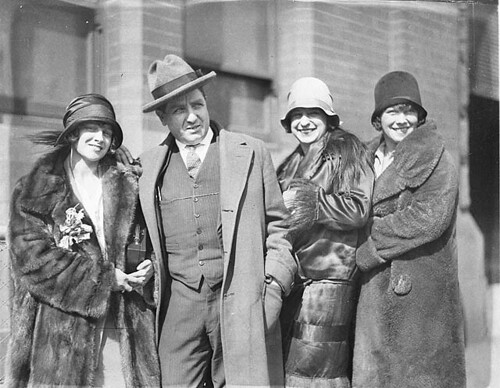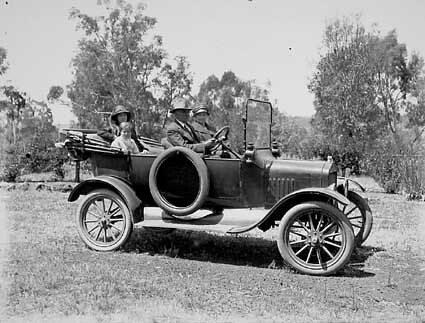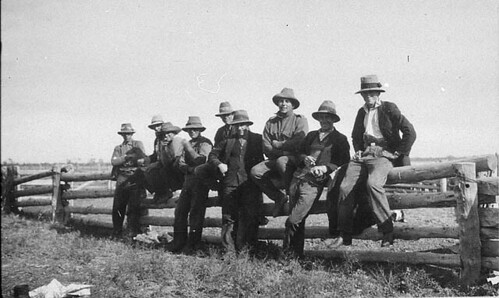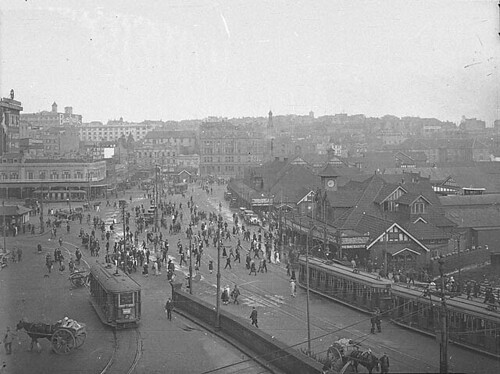 Life in Australia during the 1920's was very different to life today. The roaring twenties was a decade known for the vast changes within society. There was the wide scale implementation of electricity, automobiles, public transport, radio and refrigerators. At the beginning of the 1900's one in eight Australian workers were working as servants, by the 1930's these workers had been replaced due to the availability of electricity and gas. Household electric appliances, such as toasters, irons and washing machines started to become more common.
Life in Australia during the 1920's was very different to life today. The roaring twenties was a decade known for the vast changes within society. There was the wide scale implementation of electricity, automobiles, public transport, radio and refrigerators. At the beginning of the 1900's one in eight Australian workers were working as servants, by the 1930's these workers had been replaced due to the availability of electricity and gas. Household electric appliances, such as toasters, irons and washing machines started to become more common.In 1920 the company Queensland and Northern Territory Aerial Services was created to take airmail to western Queensland. This company is now more commonly known as Qantas.  By the end of 1923 Australia's first commercial radio station, 2SB, had began broadcasting and in 1924 the Ford Motor Company offered Australian's the opportunity to purchase a Model T Ford automobile that was assembled in Australia for 185 pounds.
By the end of 1923 Australia's first commercial radio station, 2SB, had began broadcasting and in 1924 the Ford Motor Company offered Australian's the opportunity to purchase a Model T Ford automobile that was assembled in Australia for 185 pounds.
 By the end of 1923 Australia's first commercial radio station, 2SB, had began broadcasting and in 1924 the Ford Motor Company offered Australian's the opportunity to purchase a Model T Ford automobile that was assembled in Australia for 185 pounds.
By the end of 1923 Australia's first commercial radio station, 2SB, had began broadcasting and in 1924 the Ford Motor Company offered Australian's the opportunity to purchase a Model T Ford automobile that was assembled in Australia for 185 pounds.Whilst there were great innovations that benefited many people's lives, the hardships and problems associated with World War I did not disappear overnight.
When the 250 000 soldiers returned from the war they needed housing and employment. This meant that there was a building boom and between the years of 1920 and 1921 the War Services Home Commission built 16 000 houses, these houses were sold to returned soldiers and constructed on separate blocks of land. With this new growth in housing came transportation and new suburbs, trams and trains became more prominent and by the end of the decade almost fifty percent of the Australian population lived in the city.
However not all returned soldiers settled in the cities.  The Australian government set up the Soldier Settler Scheme and spent almost fifty million pounds to encourage people to settle in rural areas, unfortunately very few of them were successful at farming. The governments of the day heavily promoted and glorified the idea of living a rural life, with the image of the outback and the idea of being born and bred on the land becoming the stereotype of being 'Australian'.
The Australian government set up the Soldier Settler Scheme and spent almost fifty million pounds to encourage people to settle in rural areas, unfortunately very few of them were successful at farming. The governments of the day heavily promoted and glorified the idea of living a rural life, with the image of the outback and the idea of being born and bred on the land becoming the stereotype of being 'Australian'.
 The Australian government set up the Soldier Settler Scheme and spent almost fifty million pounds to encourage people to settle in rural areas, unfortunately very few of them were successful at farming. The governments of the day heavily promoted and glorified the idea of living a rural life, with the image of the outback and the idea of being born and bred on the land becoming the stereotype of being 'Australian'.
The Australian government set up the Soldier Settler Scheme and spent almost fifty million pounds to encourage people to settle in rural areas, unfortunately very few of them were successful at farming. The governments of the day heavily promoted and glorified the idea of living a rural life, with the image of the outback and the idea of being born and bred on the land becoming the stereotype of being 'Australian'.During the 1920's the average Australian wage was 245 pounds per year and as Australia entered more and more into the global market with their trade goods, the Australian economy became more dependent on overseas economies for stability. By the middle of the 1920's Australia owed more than 27 million pounds to overseas banks, a debt that would have very serious consequences by the end of the decade.  The idealism and hope for a new and better future quite often turned into discontent when people's wages did not increase and unemployment continued to rise. Workers from many different industries began to strike and protest over low wages and poor conditions and as a result tensions and mistrust between trade unions and the government began to increase.
The idealism and hope for a new and better future quite often turned into discontent when people's wages did not increase and unemployment continued to rise. Workers from many different industries began to strike and protest over low wages and poor conditions and as a result tensions and mistrust between trade unions and the government began to increase.
 The idealism and hope for a new and better future quite often turned into discontent when people's wages did not increase and unemployment continued to rise. Workers from many different industries began to strike and protest over low wages and poor conditions and as a result tensions and mistrust between trade unions and the government began to increase.
The idealism and hope for a new and better future quite often turned into discontent when people's wages did not increase and unemployment continued to rise. Workers from many different industries began to strike and protest over low wages and poor conditions and as a result tensions and mistrust between trade unions and the government began to increase.Unknown to Australians at the time their economic troubles had only just begun. It was about to get a lot worse and there would be very little anyone could do about it.
Exercises:
On a new page in your books create the title page “1929-1945”.
On the next page in your books put the heading “Australia During the 1920's”. Under the heading write a 1/2 page summary based upon the information above.




 1:59 AM
1:59 AM
 Mark
Mark



0 comments:
Post a Comment